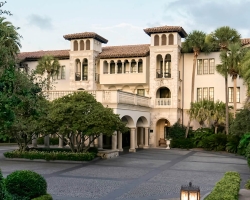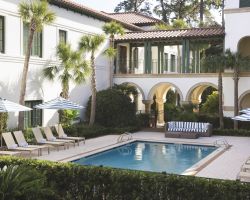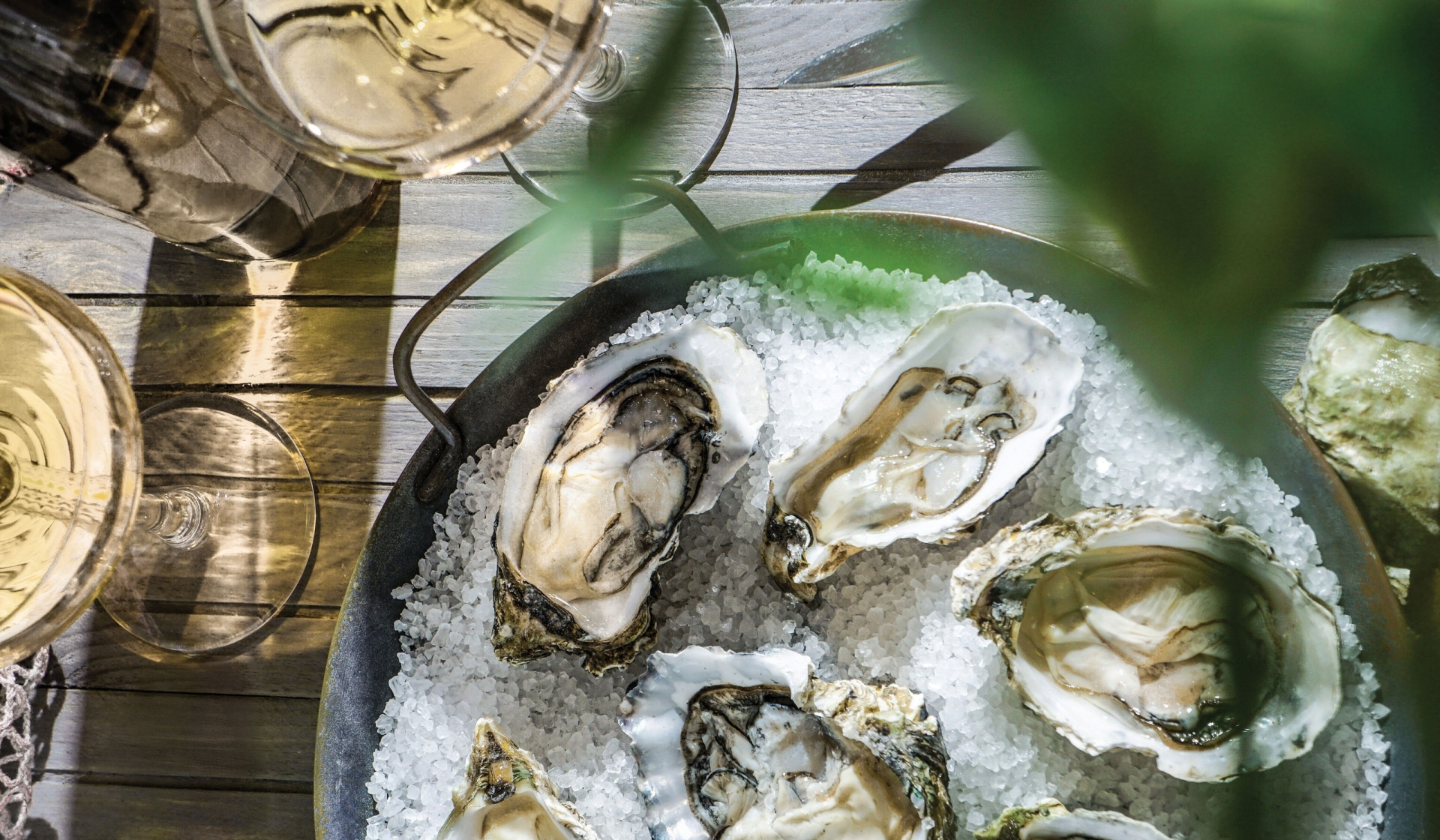Bubbles & Bivalves
Uncovering the sumptuous combination of this proven pairing
There’s something distinctive and undeniably elegant about a curated Champagne and oyster pairing. This iconic combination, steeped in history and tradition, has graced the tables of royalty and become synonymous with luxury and celebration. The union of these two delicacies dates back to the 19th and early 20th centuries when oysters and Champagne became staples at lavish gatherings across Europe. Picture grand soirées in opulent ballrooms, where the elite mingled with glasses of effervescent Champagne in hand, savoring the briny sweetness of freshly shucked oysters.
The pairing is more than just a culinary delight; it’s a cultural symbol of refinement and taste. “From a thematic standpoint, Champagne and oysters really express luxury and celebration…and the connection has been established for many, many centuries,” says Oyster Master Guild co-founder Julie Qiu. “There is a 1735 painting called ‘The Oyster Lunch’ by artist Jean Francois de Troy, commissioned by Louis XV for the Palace of Versailles. Champagne connoisseurs are excited about this piece because it’s the first time Champagne was depicted in a painting, with every person around the table eating oysters.”
Across the Atlantic, the Gilded Age of America saw the rise of oyster bars in New York City, where the elite would gather to indulge in oysters and Champagne, celebrating prosperity and success. These establishments became social hubs, where deals were struck and friendships were forged over the sparkling allure of Champagne and the savory delight of oysters. This cultural significance of the pairing has only grown over time, making it a timeless combination that continues to captivate gourmands and connoisseurs alike.
A CHAMPAGNE BY ANY OTHER NAME
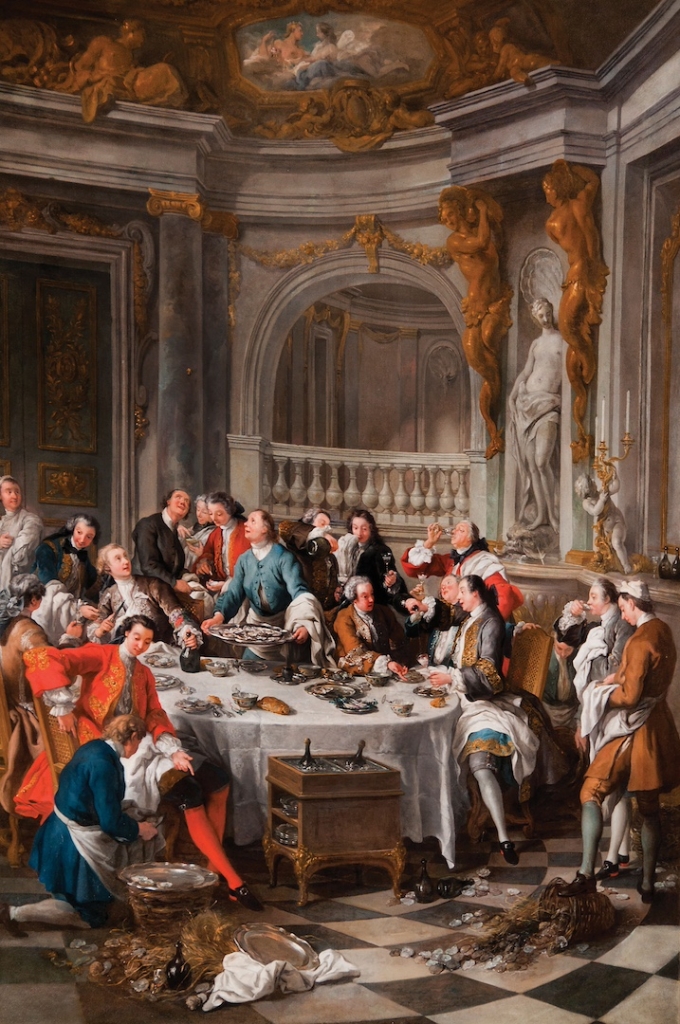
It is said that Jean François de Troy’s “Le Déjeuner d’ Huîtres” or “The Oyster Lunch” (1735) is more famous in the world of wine than it is in the world of art, since it represents the first sparkling Champagne to be captured in paint.
Champagne originated in the Champagne region of France, approximately 90 miles outside of Paris, and is divided into five main wine-producing districts. Each produces Champagne with unique attributes. Montagne de Reims is known for its pinot noir grapes and rich flavors, Vallée de la Marne for fruitier pinot meunier grapes, Côte des Blancs for crisp chardonnay, Côte de Sézanne for rich-bodied chardonnay and Aube for softer, aromatic pinot noir.
The region’s unique combination of climate, soil and topography is ideal for growing the specific grape varieties used in Champagne production, resulting in some of the top Champagne brands across the world.
The birthplace of Dom Pérignon is located in The Abbey of Hautvillers in the Champagne region, brought to life by Benedictine monk Dom Pierre Pérignon, who developed groundbreaking techniques for viticulture and winemaking to produce his bubbly beverage. His mission was to create the best wine in the world, and his passion paid off. The Champagne, first known as the wine of Father Pérignon, became one of the most sought-after wines in France, topping the finest tables of the 17th and 18th centuries—even being served at Versailles to King Louis XIV’s household and to famous Parisian merchants of the era.
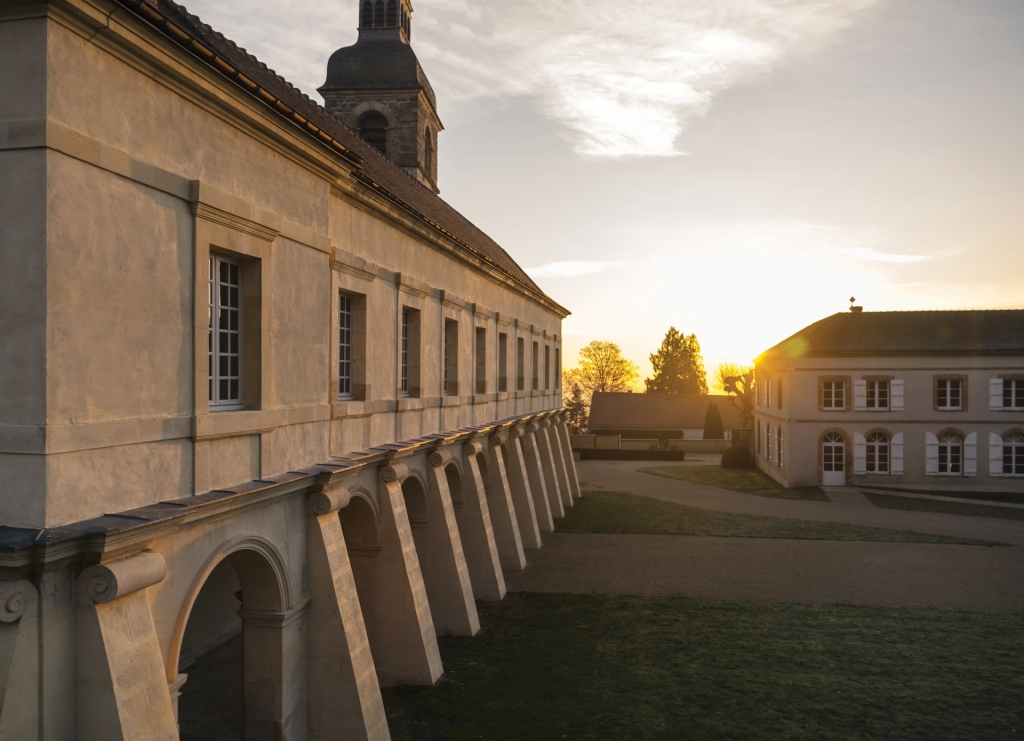
Abbey of Hautvillers, located in the Champagne region of France.
Today, the term “Champagne” is legally protected and can only be used for sparkling wines produced in the Champagne region under the strict guidelines of the appellation. This includes specific grape varieties, fermentation methods, and aging processes. Sparkling wines made outside of this region, even if produced using the same methods, must be labeled as “sparkling wine” and not “Champagne.”
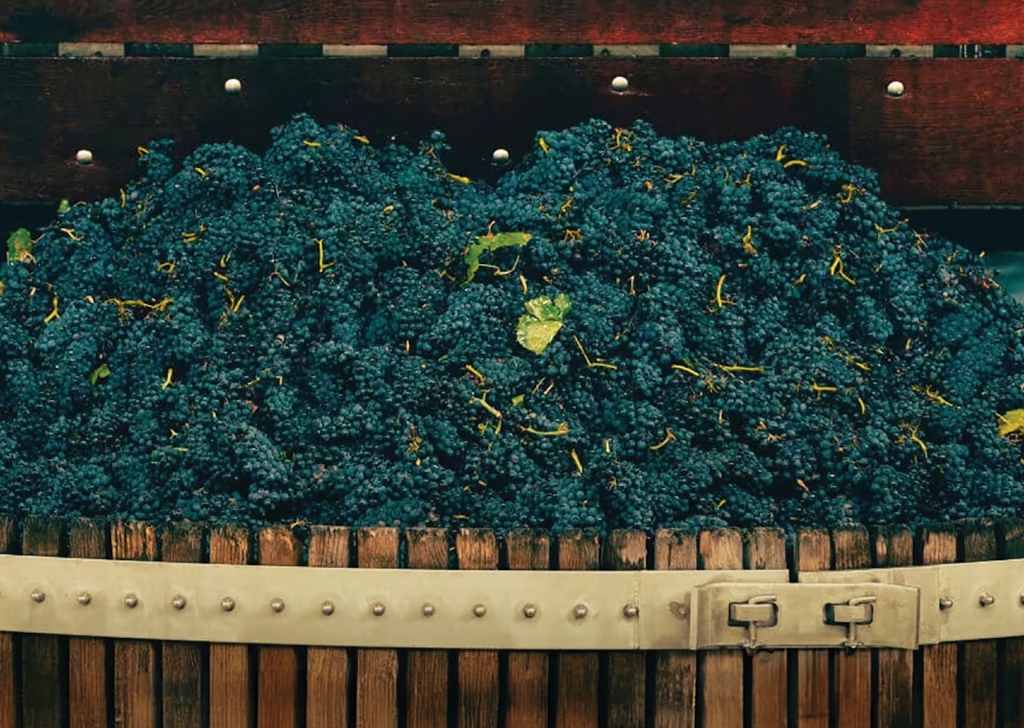
The great grape harvest at Veuve Clicquot.
The key distinction between Champagne and other sparkling wines lies in the traditional method, or “méthode champenoise,” which involves a secondary fermentation in the bottle. This process creates the fine bubbles and complex flavors that are characteristic of Champagne. Other sparkling wines, like Prosecco from Italy or Cava from Spain, may use different production methods, resulting in different taste profiles and bubble textures.
Dom Pérignon continues to hold to those very discerning standards and still reigns as one of the top Champagne brands in the world. Dom Pérignon cellar master Vincent Chaperon said, “Today we perpetuate [Pérignon’s] creative ambition with each vintage Champagne we elaborate, striving toward harmony as a powerful source of emotion.”
THE WHOLE STORY OF THE HALF SHELL
While Champagne has long been known as a symbol of luxury and celebration, bivalves—oysters, clams, mussels and scallops—also have a rich culinary and ecological significance. They have been treasured across multiple cultures: the Ancient Romans considered them a delicacy, coastal Native American tribes integrated them into their diets and cultural practices and the Japanese incorporated them into various festivals and rituals for over 2,000 years. Of bivalves, oysters are certainly the most popular choice.
The way oysters are bred, sourced and produced is key to their flavor profiles, with more sustainable methods rising in popularity. “Over the last couple hundred years, the consumption trend went from eating wild cluster oysters to these beautiful half-shell oysters,” Qiu said. “Growers are incentivized to produce oysters with amazing shells that look almost perfect.”
Oysters are filter feeders, filtering naturally occurring plankton out of the water, making them one of the greenest forms of protein production. “Oysters literally leave the water cleaner than they found it,” said “The Essential Oyster” author Rowan Jacobson. Sustainable oyster farming also benefits the ocean by mitigating shoreline erosion and easing the pressure on wild oyster populations, enabling them to continue building reefs and habitats for fish.
Tybee Oyster Company co-owner Laura Solomon runs the first-ever floating oyster farm in Georgia and uses an aquaculture process to farm oysters. They purchase and cultivate the oysters from seeds to the half shell market. “Because ours are in floating cages and our farm is in an area with really fast water flowing through, our oysters are constantly getting tumbled and cleaned by the water flow over them,” Solomon noted.
The environment gives the oysters a clean, briny and crisp taste. “There are two ways that people talk about oysters: the cleanliness of the taste and then the actual physical oyster,” Solomon explained.
Oysters abound at Sea Island
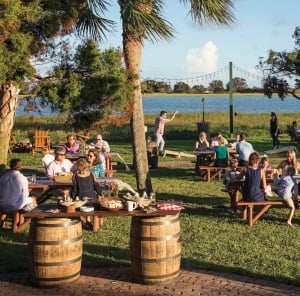
Rainbow Island
Club members and resort guests who enjoy noshing on bivalves can find quite the array to choose from at Sea Island. Throughout the resort, a variety of oysters from different regions can be found served on the half shell, fried or even stacked in seafood towers.
“East coast oysters are the main variety served at our oceanfront restaurant, Southern Tide,” says Pete Page, Executive Chef of Events at Sea Island. The oysters at Southern Tide are served with a yuzu-cucumber mignonette and can be perfectly paired with a bottle of Veuve Clicquot Yellow Label, touted for its freshness and aromatic richness, to round out a bubbles and bivalves tasting by the sea.
“In Georgian Rooms, guests are treated to more delicate oysters such as Wiannos and smaller Japanese oysters. These are often topped with caviar or granita, a frozen cocktail preparation or traditionally with mignonette, which is a shallot and red wine vinegar sauce,” notes Page.
Another hidden gem where this special treat can be found is at a popular Sea Island tradition, Rainbow Island Supper, which has been a memorable part of the resort for over 90 years. Guests can find oysters displayed over a wood-fired grill, covered in beer and shucked for everyone to enjoy.
Lastly, Chef Page’s favorite way to serve up the delicacy is by chargrilling oysters, and topping them with butter, roasted garlic and cheese at special events as a nod toward his Louisiana heritage.
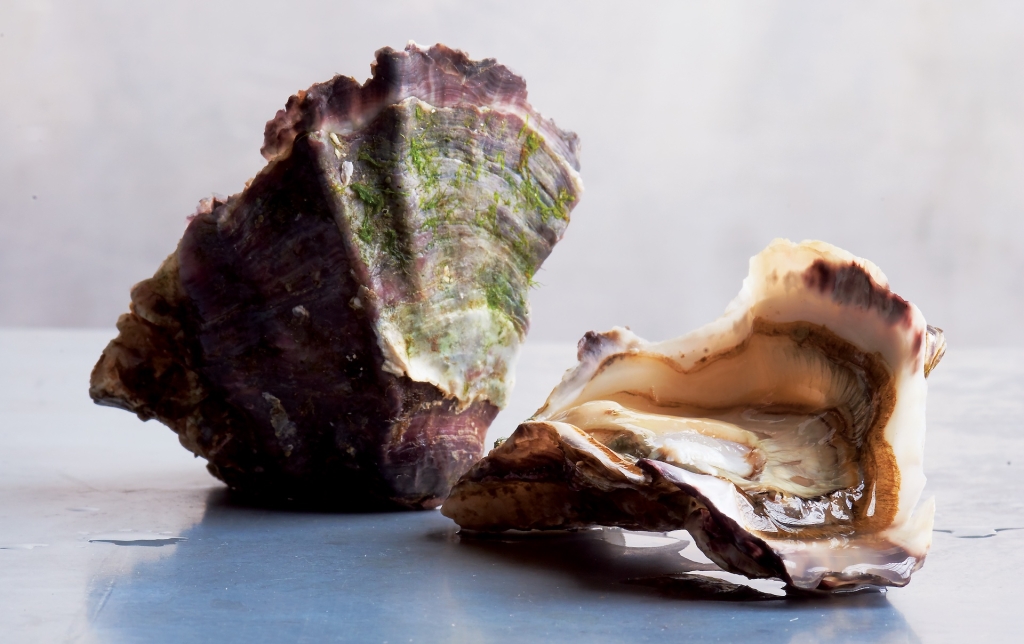
IN GOOD TASTE
While oysters and Champagne may seem like a simple pairing, experts like Charleston-based Empire Oyster CEO Kevin Joseph consider complexities such as the salinity and minerality in the water and the algae the oysters consume, which can affect an oyster’s flavor profile daily. Champagne’s flavor can be influenced by soil type, grape variety and the amount of sugar used, among other factors. Pairing them together is a skill on its own.
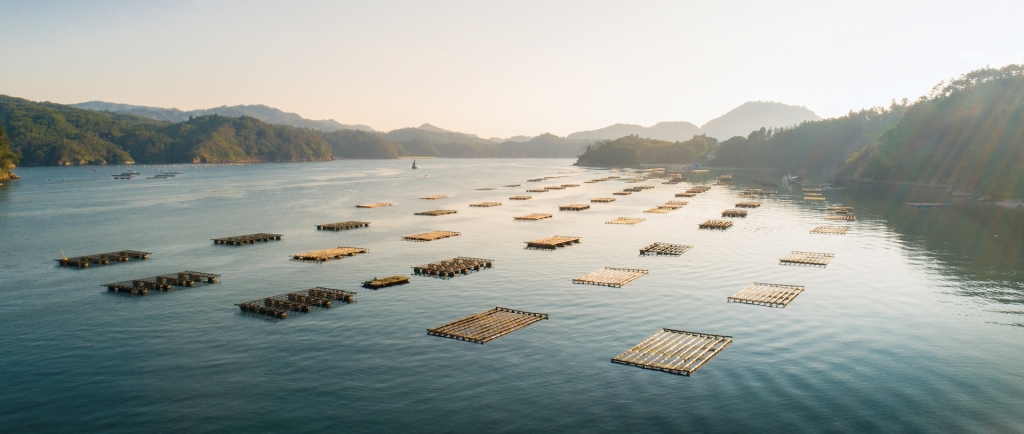
Kesennuma is a prominent oyster farming area in Japan
Joseph prefers pairing East Coast oysters with dry bruts but says fizzy pinot noirs, fizzy albarinos or crémants pair well too. He encourages customers to take their time chewing the oysters to release their full flavor profiles. “Holding off 15 or 20 seconds longer than you otherwise would before you drink [Champagne] will enhance the pairing because you will now have the chemical reaction with your enzymes,” he said.
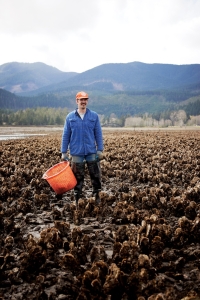
Farmer collecting oysters in field
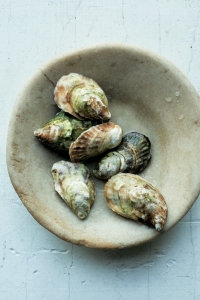
Montauk Pearl Oyster in Montauk, Long Island.
Jacobson suggests pairing West Coast oysters, which tend to have a “cucumbery” taste, with fruity white wines, and East Coast oysters, which are more briny, with crisp and refreshing beverages like Champagne or lager.
Chefs worldwide are experimenting with various pairings, including topping oysters with tinctures, smoked bourbon and infused vinegars. New York City’s Hawksmoor serves oysters with Scotch bonnet mignonette and Vietnamese-style oysters with ginger, chili, soy, sesame and crispy shallots. San Francisco’s Miller & Lux serves Tomales Bay oysters with cucumber, rosé and shiso. French oyster breeder Ostra Regal tops oysters with citrus caviar, bonito vinegar or crushed raspberries with lime zest.
In contemporary cuisine, chefs and mixologists continue to innovate with Champagne and bivalves. Creative dishes and pairings are emerging, such as Champagne-infused sauces for shellfish or oysters served with Champagne granita, ensuring this luxurious pairing remains as exciting and intriguing as ever.
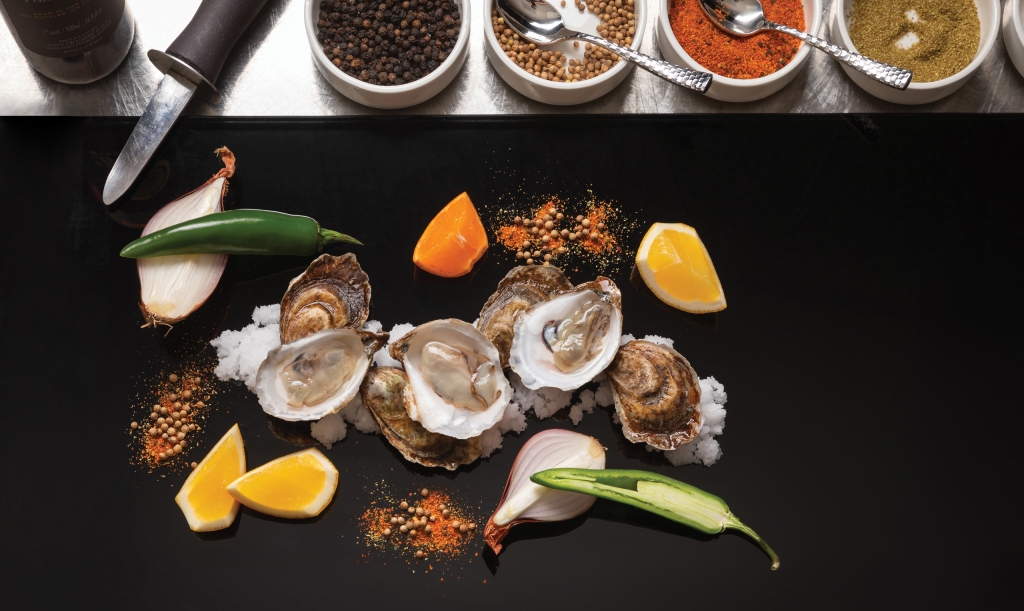
Champagne Mignonette
Prep Time: 30 mins
Yields: 12 oysters
- 1 shallot, finely diced or minced
- 1/2 cup Champagne vinegar or white wine vinegar
- 1/2 tsp black peppercorns, freshly cracked or ground
- 2 tbsp ice cold Champagne
- 12 oysters on the half shell
METHOD
Combine shallot, vinegar and black pepper in a small bowl and cover. Allow to rest in the refrigerator for at least two hours. Immediately before service, add Champagne and spoon over the oysters.
NOTES
The tartness of the vinegar balances the briny flavors of the oysters. The mineral and herbal notes of the Champagne complement the earthy oysters.
